# A Comprehensive Guide to Selecting Your First Amateur Telescope
Written on
Choosing the Right Telescope
It's common for people to ask me about selecting an amateur telescope. In this article, I will discuss the various types of telescopes available and provide guidance on which one might be the most suitable based on your intended use.

Understanding Key Telescope Features
One of the biggest misunderstandings when purchasing your first telescope is the emphasis on magnification. Many believe that “What magnification is necessary to see X?” or “What zoom is ideal for a telescope?” are crucial questions. However, the reality is that magnification is not the most significant factor in a telescope’s performance.
The primary characteristic to consider is the aperture, which refers to the diameter of the objective lens. Since distant celestial objects emit very few photons, a larger lens allows more light to enter, thus increasing the likelihood of seeing faint objects.
However, it's essential not to focus solely on acquiring a telescope with a massive aperture. Larger apertures often lead to exponentially higher costs. For amateur astronomy, a telescope with an aperture greater than 200 mm may not be practical.
Types of Telescopes
Telescopes generally fall into three main categories: refractors, reflectors, and catadioptrics. While there are many specialized types such as radio and X-ray telescopes, we'll concentrate on those suited for amateur use.
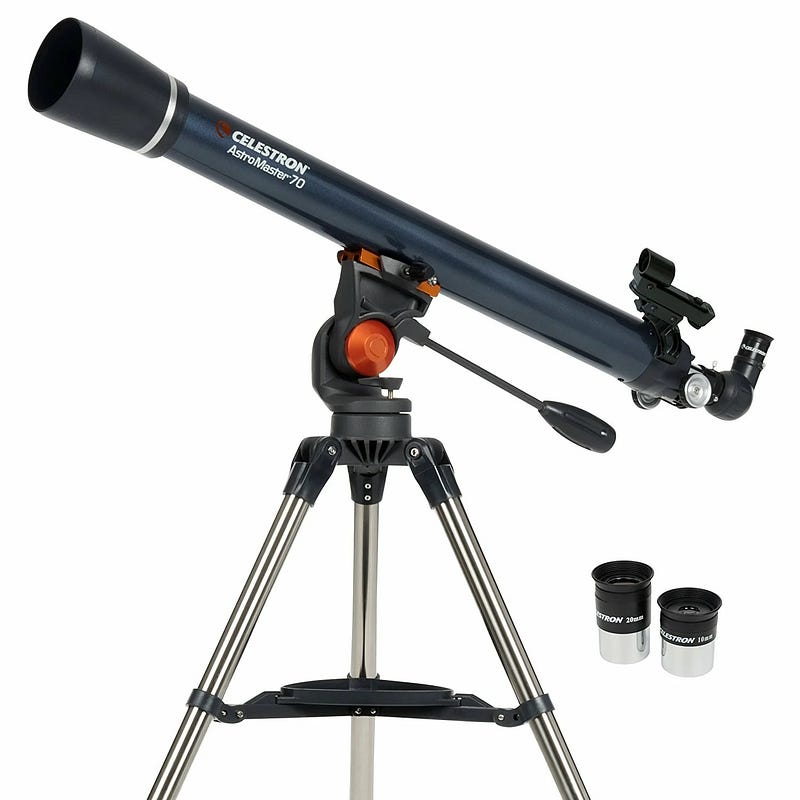
Refractor Telescopes
Refractors utilize lenses to gather light, relying on the principle of refraction. This design was the first invented and was used by astronomers like Galileo and Kepler.
Advantages of Refractors:
They are low-maintenance and ideal for viewing the Moon, planets, and other objects within our solar system.
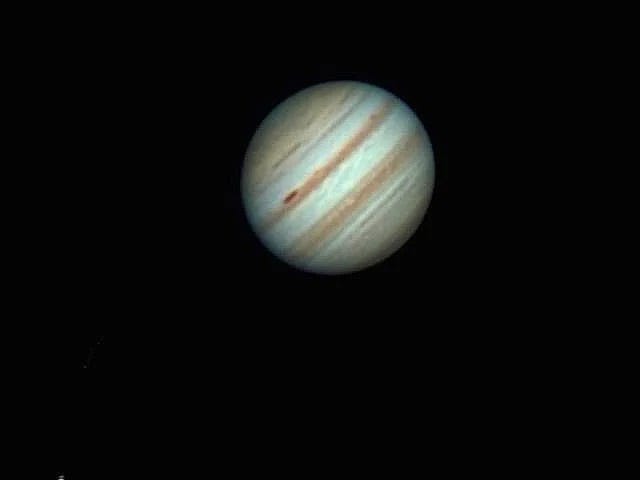
Drawbacks:
Refractors can exhibit chromatic aberration, causing false colors around observed objects. While some modern refractors mitigate this issue through advanced optics, they often come with a higher price tag.
Reflector Telescopes
Reflectors employ mirrors to collect light, with the Newtonian reflector being the most prevalent among hobbyists. These telescopes excel in observing distant celestial objects like galaxies and star clusters.
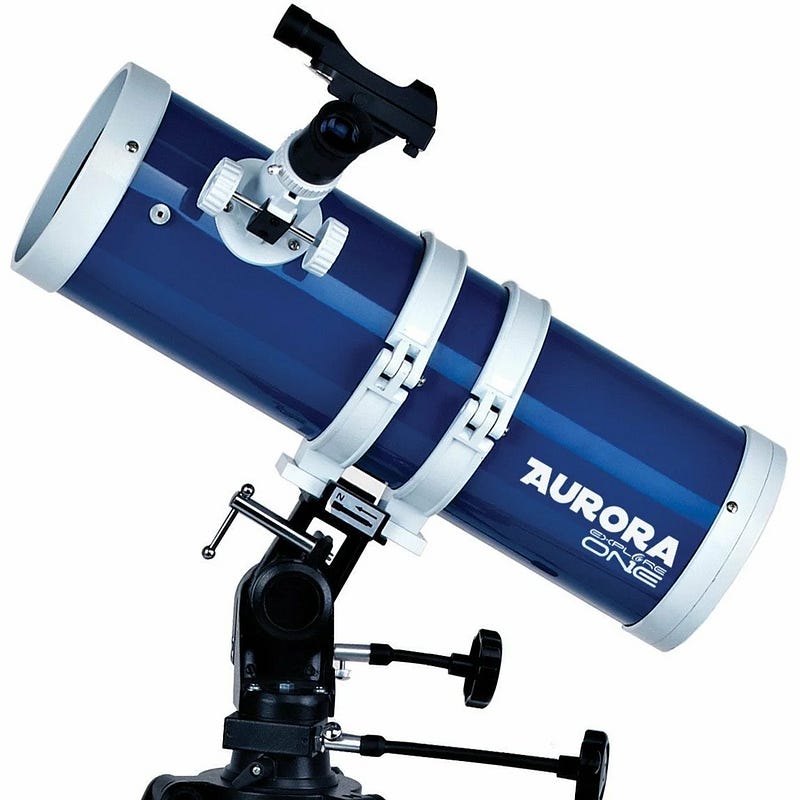
Challenges with Reflectors:
They require regular maintenance, such as cleaning mirrors and possibly renewing reflective coatings. Reflectors may not be the best choice for those who plan to observe in various locations due to their sensitivity to conditions.
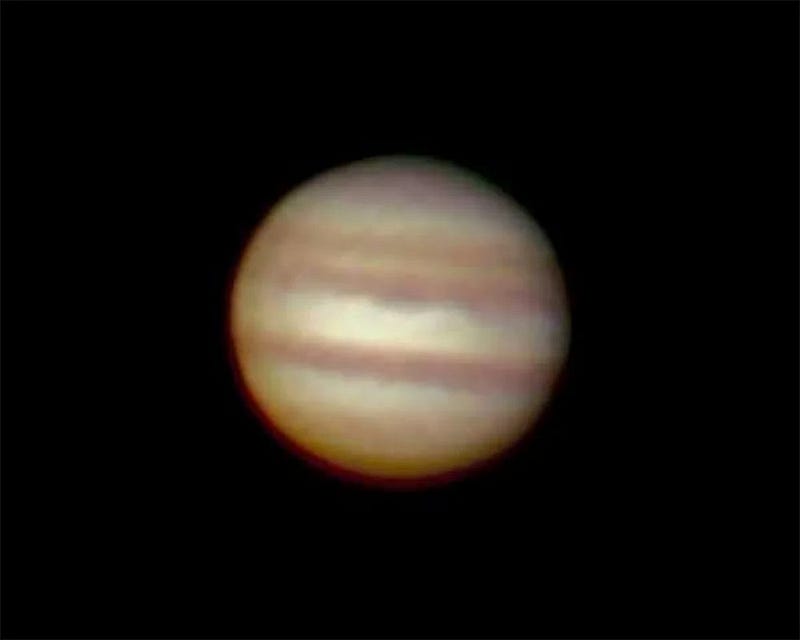
Catadioptric Telescopes
Catadioptric telescopes, or mirror-lens telescopes, blend mirrors and lenses in their design. The Schmidt-Cassegrain system is particularly popular among astronomy enthusiasts.
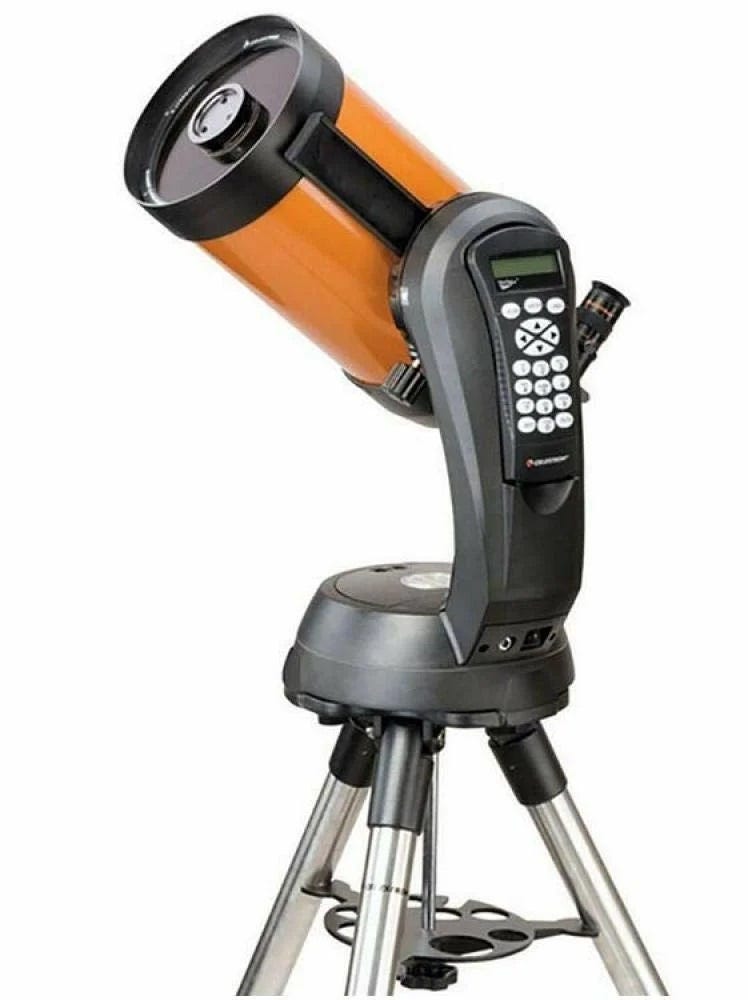
Pros:
These telescopes are compact and portable, combining the advantages of both refractors and reflectors while minimizing their drawbacks. They are versatile for various observing conditions and are well-suited for astrophotography.
Cons:
Typically, catadioptric telescopes come at a higher price point compared to refractors and reflectors.
Chapter 2: Conclusion
In summary, when selecting your first telescope, consider your specific interests in astronomy and the conditions in which you plan to observe. Each type of telescope has its advantages and disadvantages, so it's essential to choose one that aligns with your needs.
Feel free to subscribe to our channel for more articles related to space and astronomy! If you have any questions, don’t hesitate to ask, and I’ll address them in future articles.